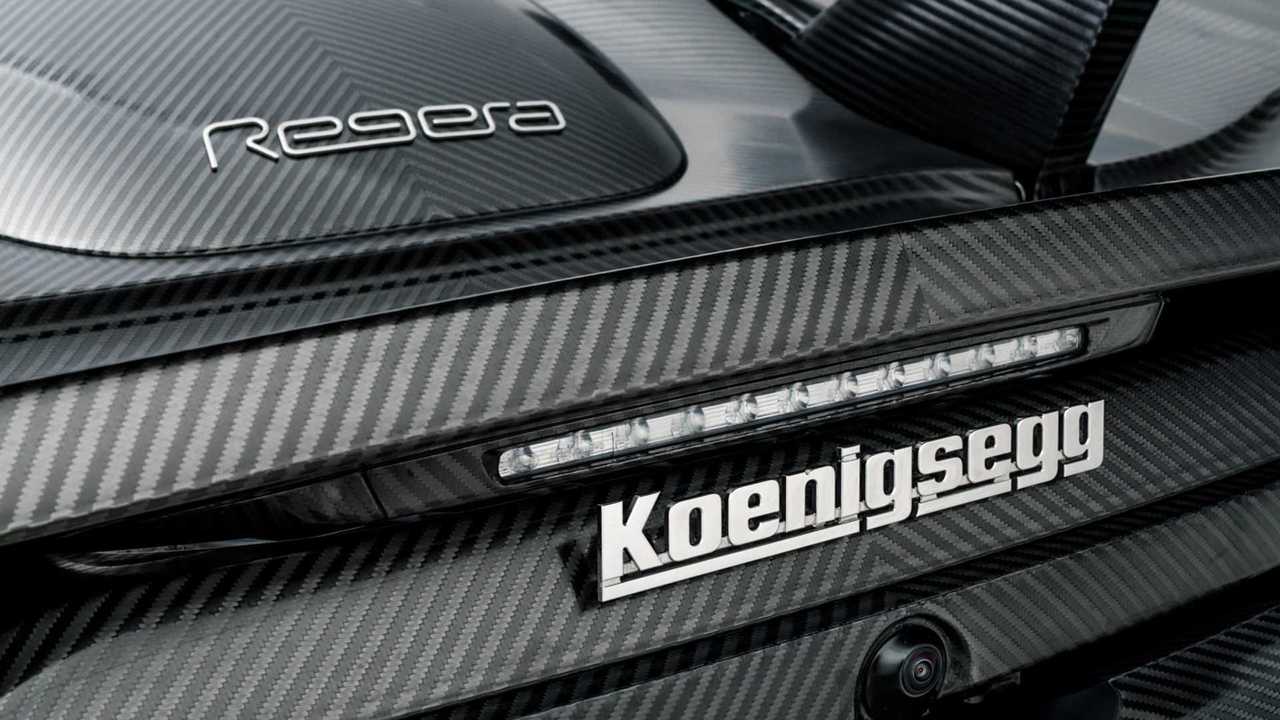
Carbon fiber won’t be banned in Europe after all. Our colleagues at Motor1 Italia confirmed on Tuesday with the European Parliament the lightweight material has been removed from a proposal that would have it banned for use in automobile construction by 2029. Thank goodness.
An amendment drafted back in January outlined plans to add carbon fiber to the EU’s list of hazardous materials, where it would’ve join products such as mercury, lead, and cadmium. A representative for the Parliament confirmed that list has since been updated, with carbon fiber now absent.

Why Was Carbon Fiber Targeted for a Ban in Europe?
Carbon fiber was originally targeted as part of an amendment that regulates the end-of-life cycles for vehicles, which includes things like recycling and disposal. It would set the rules for which materials can be used for car construction, so at the end of a vehicle’s life, no harmful substances are released to the environment.
The European Union determined that during breakdown and disposal, carbon fiber filaments could become airborne and do harm if they come into contact with human skin. The governing body also determined carbon fiber could also damage recycling machines.
While those are valid concerns, it’s clear the EU realized the benefits of carbon fiber far outweigh the potential environmental damage.

Photo by: The Octane Collection

Photo by: The Octane Collection
Carbon Fiber Is a Significant Part of the Industry
The automotive industry accounts for 20 percent of all carbon fiber production. Manufacturers such as McLaren, Lamborghini, Pagani, Ferrari, and Koenigsegg all use monocoques made from the stuff, so they would’ve been hit hardest by the ban. Electric vehicles would’ve also suffered, as they rely on extensive use of carbon fiber to keep weight down and range up.
The first vehicle to use carbon fiber in its construction was the 1981 McLaren MP4/1, a Formula 1 car. The material made its way to the streets for the first time through the Jaguar XJR-15, the first production, street-legal car to use a carbon fiber monocoque. Nowadays, carbon is used for construction in nearly every part of a car, from body panels to wheels. Thankfully it’ll stay that way.
More Weird EU Laws
Italy Says the EU’s Combustion Engine Ban Is ‘Absurd’
Cybersecurity Law Forces Porsche To Kill Gas-Powered Macan In Europe [Update]
